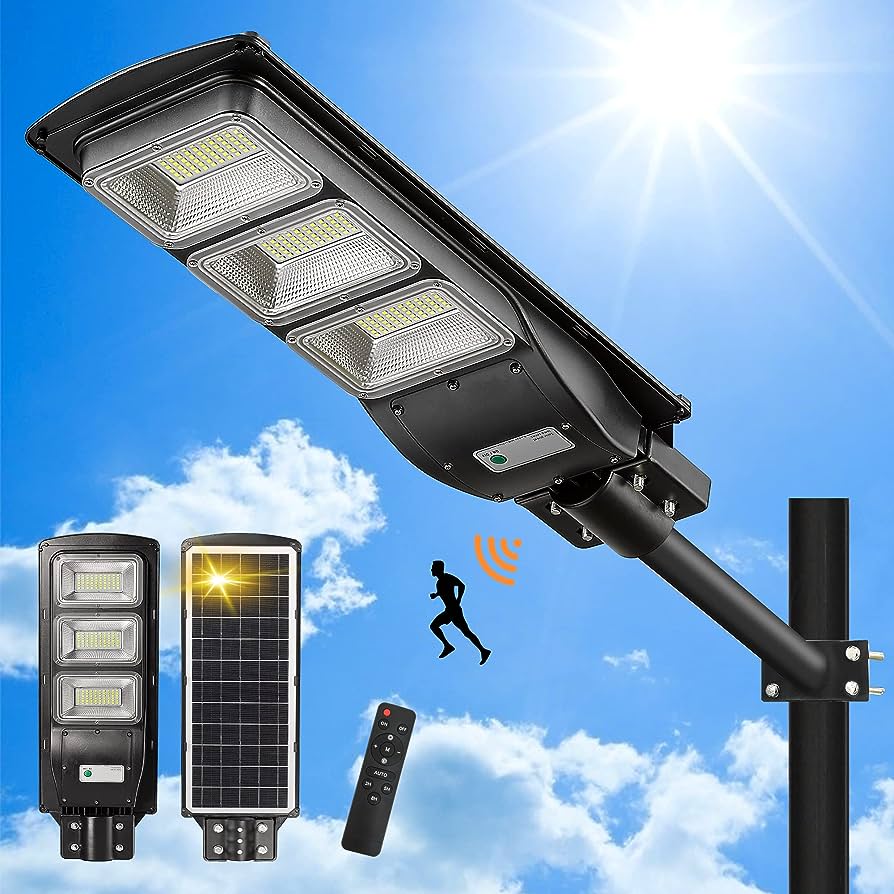Street lights play a crucial role in enhancing public safety and security, but their impact goes beyond illumination. They can also have implications for public health and well-being. In this discussion, we will explore four key perspectives on street lights and public health: circadian rhythm, light pollution and wildlife, blue light concerns, and safe lighting levels.

Circadian rhythm perspective: Impact of street lights on human sleep patterns and health
Natural Light Influence: Humans are biologically attuned to the natural day-night cycle, which regulates our circadian rhythm, or internal body clock. Artificial light from street lights, particularly during nighttime, can disrupt this natural rhythm and affect sleep patterns.
Melatonin Suppression: Exposure to bright light, especially blue light emitted by certain street lights, can suppress the production of melatonin, a hormone that regulates sleep. This disruption can lead to difficulties falling asleep and lower overall sleep quality.
Health Implications: Chronic sleep disturbances due to street light exposure may contribute to a range of health issues, including fatigue, mood disorders, and compromised immune function. Long-term sleep disruption has also been linked to an increased risk of chronic diseases, such as cardiovascular problems and metabolic disorders.
Light pollution and wildlife perspective: How street lights affect nocturnal animals and ecosystems
Disruption of Natural Behaviors: Nocturnal animals and wildlife rely on the darkness of night for their natural behaviors, such as foraging, mating, and navigation. Artificial street lights can disrupt these behaviors and disturb the balance of ecosystems.
Migration Patterns: Street lights can interfere with the navigation systems of migratory birds and sea turtles, causing them to become disoriented and leading to increased mortality rates.
Predator-Prey Dynamics: Excessive light can impact the hunting abilities of nocturnal predators, altering predator-prey dynamics and potentially affecting population sizes of various species.
Conservation Concerns: Light pollution caused by street lights may contribute to the loss of biodiversity and negatively impact the overall health of ecosystems.
Blue light concerns perspective: Addressing potential health effects of blue-rich LED street lights
High Blue Light Emission: LED street lights, particularly those with high color temperature (measured in Kelvin), emit more blue light than traditional street lights. Blue light has shorter wavelengths and is known to have a stronger impact on circadian rhythms and melatonin suppression.
Discomfort Glare: LED street lights with high blue light emission can cause discomfort glare, affecting visibility and potentially leading to driver distraction or accidents.
Eye Health: Prolonged exposure to blue-rich LED street lights may contribute to eye strain, visual discomfort, and potential long-term eye health issues.
Balancing Public Safety and Health: While LED street lights offer energy efficiency and cost savings, municipalities must carefully consider the potential health effects of blue light exposure and strike a balance between safety and well-being.
Safe lighting levels perspective: Striking a balance between safety and minimizing health risks
Optimal Illumination: Adequate street lighting is essential for ensuring public safety and reducing crime rates. Well-lit streets promote visibility, deter criminal activities, and enhance overall security.
Glare Control: Street light design should focus on minimizing glare, ensuring that lighting is sufficient for safety without causing visual discomfort or hindrance to drivers and pedestrians.
Dimming and Adaptive Controls: Implementing dimming or adaptive lighting controls can help reduce light levels during periods of low activity, balancing the need for safety with the desire to minimize light pollution and potential health risks.
Community Input: Engaging the community in decisions related to street lighting can help ensure that public safety concerns are addressed while considering potential health and environmental impacts.
In conclusion, street lights have far-reaching implications for public health and the environment. The disruption of circadian rhythms due to artificial light exposure can lead to sleep disturbances and various health issues. Light pollution from street lights can disturb wildlife behaviors and ecosystem dynamics. High blue light emission from LED street lights raises concerns about eye health and melatonin suppression. Striking a balance between public safety and minimizing potential health risks is crucial, and municipalities should consider adaptive lighting controls, community input, and glare reduction measures in their street light design and maintenance plans. By taking a holistic approach to street lighting, cities can create well-lit urban environments that prioritize public safety while promoting the health and well-being of both residents and the natural world.









